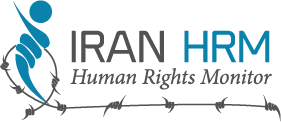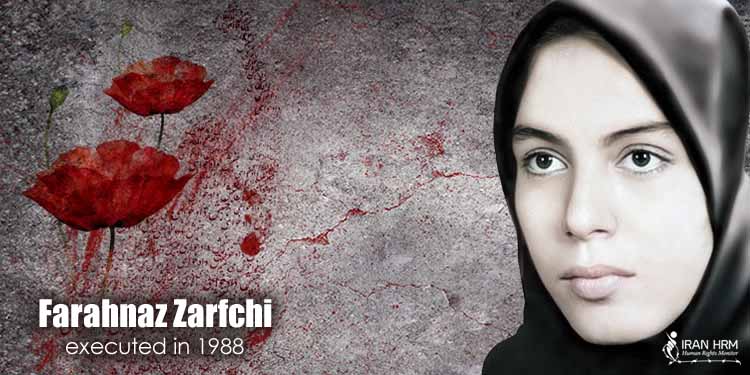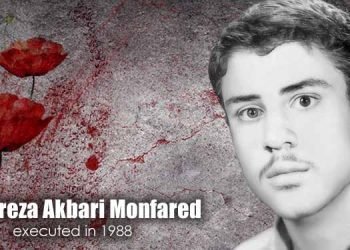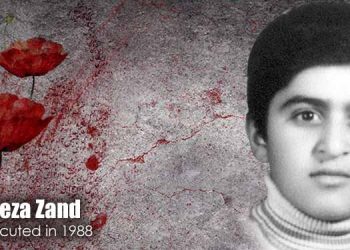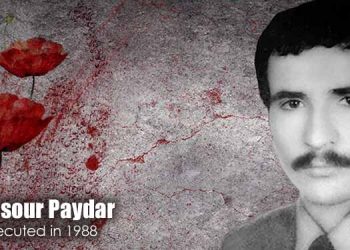Farahnaz Zarfchi was born in 1963. Her family supported the People’s Mojahedin of Iran (PMOI/MEK) in the impoverished Yakhchi Abad district of Tehran.
She was arrested along with her mother in 1981 and was in prison until 1988.
Farahnaz’s prison sentence was officially over, but since she had refused to do an interview, the authorities refused to release her, and she remained in detention.
Iranian authorities pressured many prisoners to do video-recorded interviews, repenting for their past beliefs and declaring their loyalty to the mullahs’ regime.
Farahnaz was supposed to be released long before August 1988 when she was taken from one of the wards of Evin Prison to be hanged.
A few days earlier, Hossienzadeh, the prison manager, had told Farahnaz, “We will free you soon.”
Most of the prisoners killed during the 1988 massacre were serving lengthy prison sentences. Many of them had already finished serving their original sentence.
A Crime Against Humanity
The Facts
- In 1988, the Iranian regime massacred 30,000 political prisoners.
- The executions took place based on a fatwa by Supreme Leader Khomeini.
- Three-member commissions known as ‘Death Commissions’ were formed across Iran sending political prisoners who refused to abandon their beliefs to execution.
- The victims were buried in secret mass graves.
- The perpetrators continue to enjoy impunity.
- Since 2016, the names of nearly 100 ‘Death Commission’ members have been revealed. Many still hold senior positions in the Iranian judiciary or government.
The Human Rights Council needs to conduct an international investigation into the 1988 massacre. This would be the first step to end the impunity for the officials, agents and those who ordered the largest political crime of the century.
Khamenei and other leaders of the regime need to be prosecuted and face justice for committing crimes against humanity.
